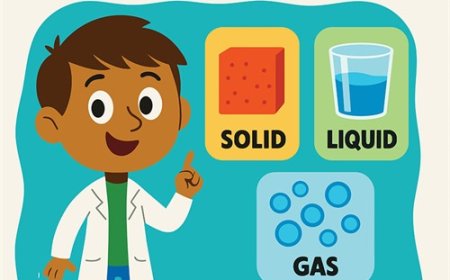Voltage Current and Resistance for Students – Ohm’s Law
Learn about voltage current and resistance with simple explanations real world examples fun facts and a student friendly quiz to understand Ohms Law
⚡ Voltage, Current, and Resistance
🌟 Introduction
Electricity is all about movement - the movement of tiny charged particles called electrons. But how fast they move, how much push they have, and how much they are slowed down all depend on three important factors: voltage, current, and resistance.
These three work together to control how electricity behaves in a circuit. If you think of electricity like water in a hose:
-
Voltage is the water pressure pushing the water through.
-
Current is the amount of water flowing.
-
Resistance is how much the hose or obstacles slow the water down.
Understanding voltage, current, and resistance helps electricians, engineers, and even students design and use electrical systems safely and effectively. These concepts are connected through a simple equation known as Ohm's Law - a key rule in electricity.
🔍 Voltage (V)
Definition: Voltage is the "push" that moves electrons through a circuit.Measured in: Volts (V)Created by: Batteries, generators, or power stationsExample: A AA battery has about 1.5 volts, while a wall outlet in the US has about 120 volts.
🔍 Current (I)
Definition: Current is the amount of electric charge (electrons) flowing through a circuit per second.Measured in: Amperes (Amps or A)Example: Small electronic devices use tiny amounts of current, while large appliances like ovens use much more.
🔍 Resistance (R)
Definition: Resistance is how much a material slows down the flow of electricity.Measured in: Ohms (Ω)Example: Thin wires have more resistance than thick ones; rubber and plastic have extremely high resistance (insulators).
⚡ Ohm's Law
Ohm's Law explains how voltage, current, and resistance are related:
V = I × R
-
V = Voltage
-
I = Current
-
R = Resistance
If voltage increases while resistance stays the same, current goes up. If resistance increases, current goes down.
📚 Vocabulary Words
-
Voltage - The push that moves electrons through a circuit.
-
Current - The amount of electric charge flowing through a circuit per second.
-
Resistance - The measure of how much a material slows electrical flow.
-
Ohm's Law - The rule connecting voltage, current, and resistance.
-
Circuit - A complete path for electricity to travel.
✨ Fun Facts
-
The electric chair was invented before the household wall outlet!
-
Lightning can reach millions of volts but lasts for only fractions of a second.
-
Copper has very low resistance, which is why it's the most popular wire material.
📌 Key Takeaways
-
Voltage, current, and resistance determine how electricity behaves in a circuit.
-
Voltage is the push, current is the flow, and resistance slows the flow.
-
Ohm's Law connects all three with a simple formula: V = I × R.
-
Materials with low resistance (like metals) are conductors, and those with high resistance are insulators.
🖱 Interactive Multiple-Choice Quiz
1. What does voltage measure?
A) The speed of electrons
B) The push that moves electrons
C) The amount of resistance
D) The length of a wire
2. What is the unit for measuring current?
A) Volts
B) Amps
C) Ohms
D) Watts
3. Which material has very high resistance?
A) Copper
B) Aluminum
C) Rubber
D) Silver
4. According to Ohm’s Law, V = I × R. If resistance stays the same but voltage increases, what happens to current?
A) It decreases
B) It increases
C) It stays the same
D) It stops completely
5. A battery is an example of a source of:
A) Current
B) Resistance
C) Voltage
D) Energy loss






















































